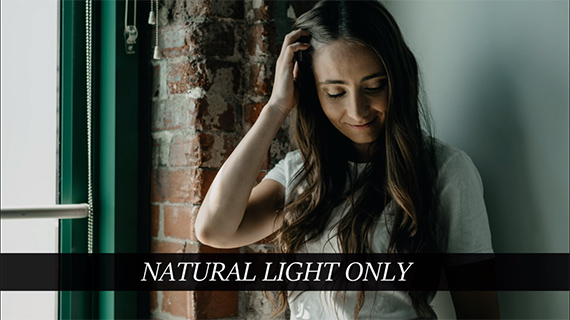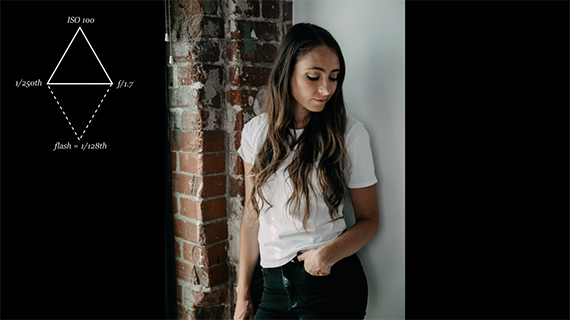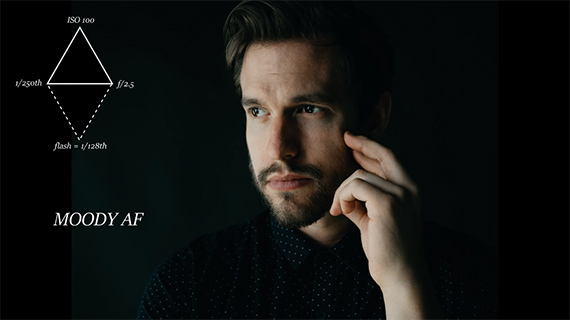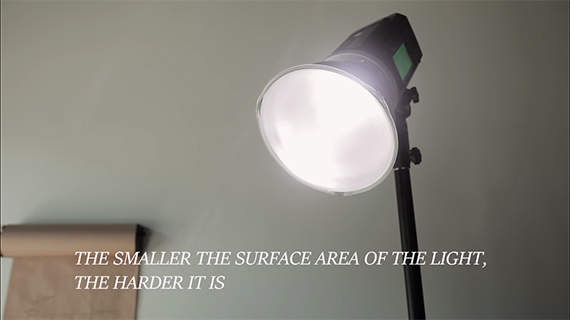One of the biggest misconceptions in studio photography is that you need the biggest, baddest external lights you can get in order to produce great work. Things can’t be any further from the truth. Daniel DeArco explains:
You’re probably already familiar with the term exposure triangle—the usual combination of shutter speed, aperture, and ISO that determines an exposure. But are you familiar with the exposure diamond?
This technique is about balancing natural light and artificial light. Natural light, in this case, will be prioritized.
Exposure Diamond
The exposure diamond builds its foundation on the exposure triangle. You expose for what you already know using aperture, shutter speed, and ISO. Then you add the fourth parameter, flash, to complete the exposure diamond.
When you add the flash, keep you’re only using it as a fill light.
You need to keep in mind things like sync speed limitation—the maximum speed at which the camera can sync with an external flash. Most cameras have a sync speed limitation of 1/250 of a second.
Setting Up a Shot
Modifiers are great for shooting indoor portraits. They tend to create a soft light, which is perfect for shooting portraits. The larger the modifier, the softer the light tends to be.Using a small power on the artificial light, all you need to do is fill in the shadows. Too much power will overwhelm the natural light.
You can also try the opposite. Use a smaller light source relative to the subject so that you have a hard light.
Hard light will produce a bit more shadow and moody lighting for a tougher, meaner look.
Studio Lighting Takeaways
- Prioritize one light source
- Have a go-to hard light and soft lighting source
- Don’t hesitate to experiment with different lights
Like This Article?
Don't Miss The Next One!
Join over 100,000 photographers of all experience levels who receive our free photography tips and articles to stay current:










The video inspired me to use what I already own in lights in countless ways I never thought of before. Great video!
Not very good with flash, but if you have window light, can you not achieve what a fill-in flash does, with a white reflector that throws light into the shadows
Also if you’re using fill-in flash, how do you compensate in the normal exposure (the reading you take without the flash). Do you underexpose by a stop or two
Control is what is needed and you can’t control natural light.